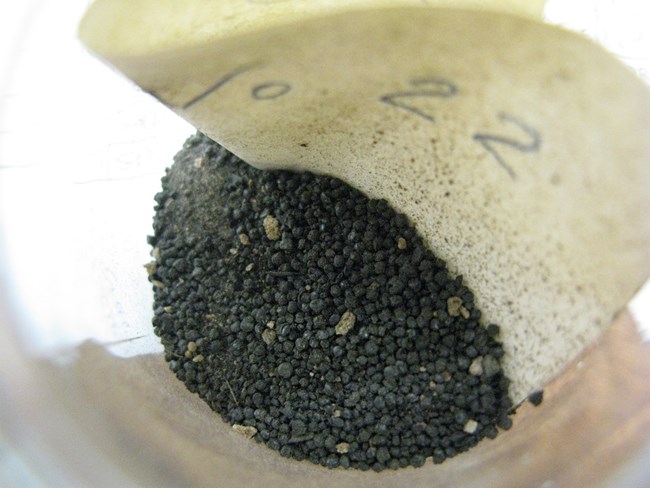Last updated: May 13, 2025
Article
Woodland Period - 1,000 to 3,200 Years Ago
Early Farmers
The Woodland period is often characterized by increasing cultural complexity, population growth, and innovative inventions. Believed to be the most indigenous prehistoric culture in the Southeast, the Woodland people move around seasonally to efficiently exploit the resources in their environment for survival. Plant seeds, arrowheads, and pottery sherds were found in the layers of Russell Cave during this period.
NPS Photo

NPS Photo

NPS Photo

NPS Photo
The collective developments of semi-permanent camps, better-quality pottery, surplus food, and improved weapons and tools marked changes in society that were vastly different from how people had lived up to that point. The nomadic lifestyle led by the previous inhabitants was gradually abandoned and replaced with a more community-like structure. People gradually stopped wandering the land searching for resources and instead began establishing routes from their camp to the source location. These changes set the stage for further developments that would take place in the Mississippian period.
